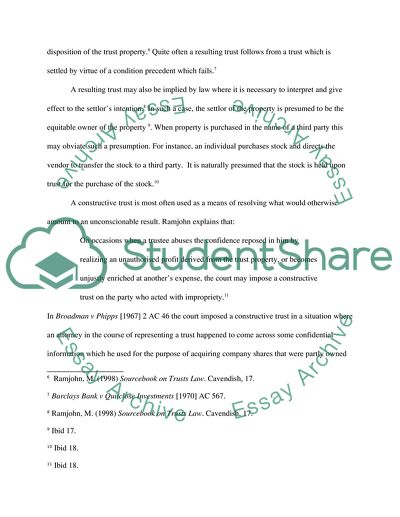Cite this document
(The Trust and Its Principle Application Literature review, n.d.)
The Trust and Its Principle Application Literature review. Retrieved from https://studentshare.org/law/1561702-trusts-law-essay
The Trust and Its Principle Application Literature review. Retrieved from https://studentshare.org/law/1561702-trusts-law-essay
(The Trust and Its Principle Application Literature Review)
The Trust and Its Principle Application Literature Review. https://studentshare.org/law/1561702-trusts-law-essay.
The Trust and Its Principle Application Literature Review. https://studentshare.org/law/1561702-trusts-law-essay.
“The Trust and Its Principle Application Literature Review”, n.d. https://studentshare.org/law/1561702-trusts-law-essay.


